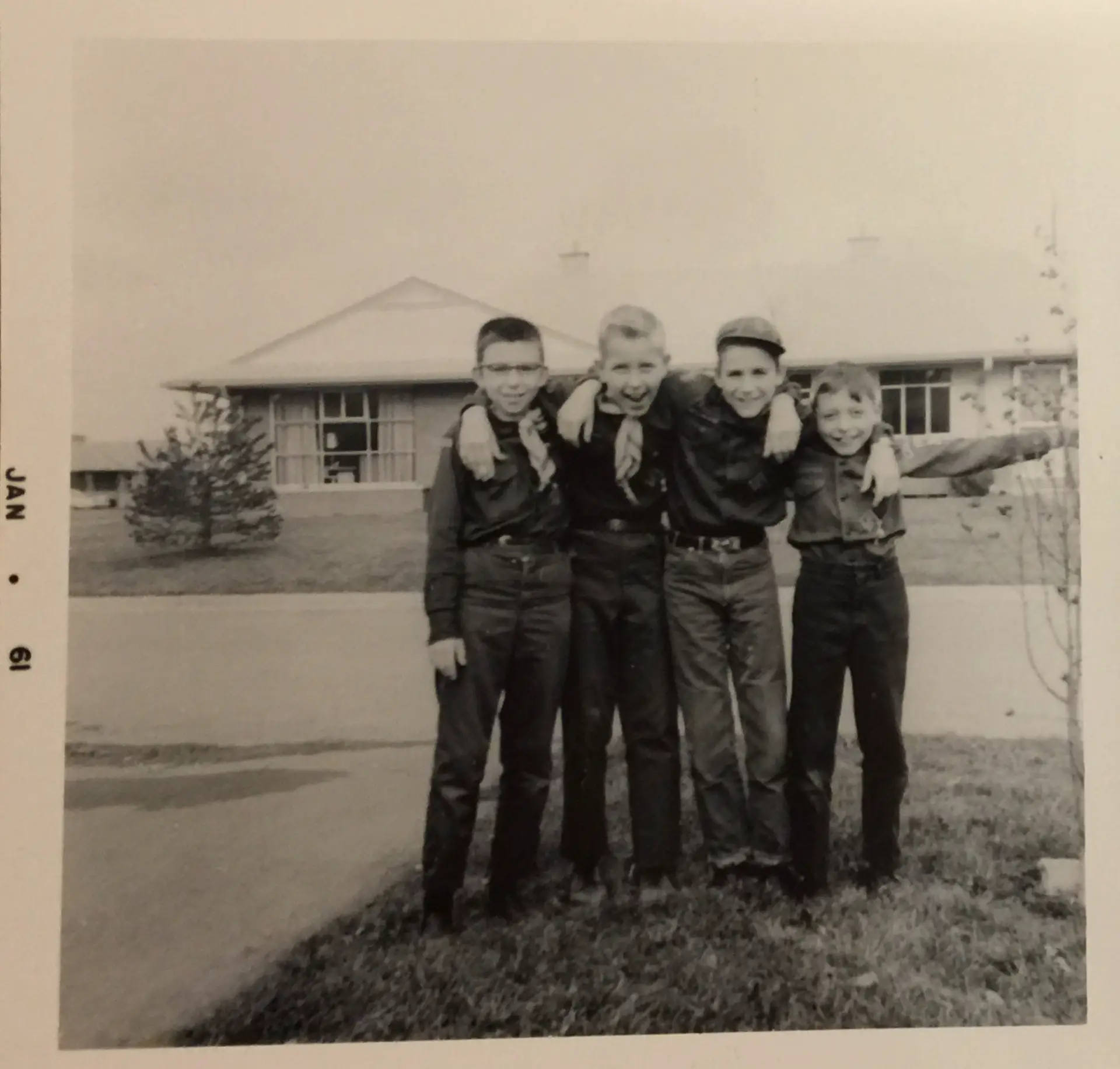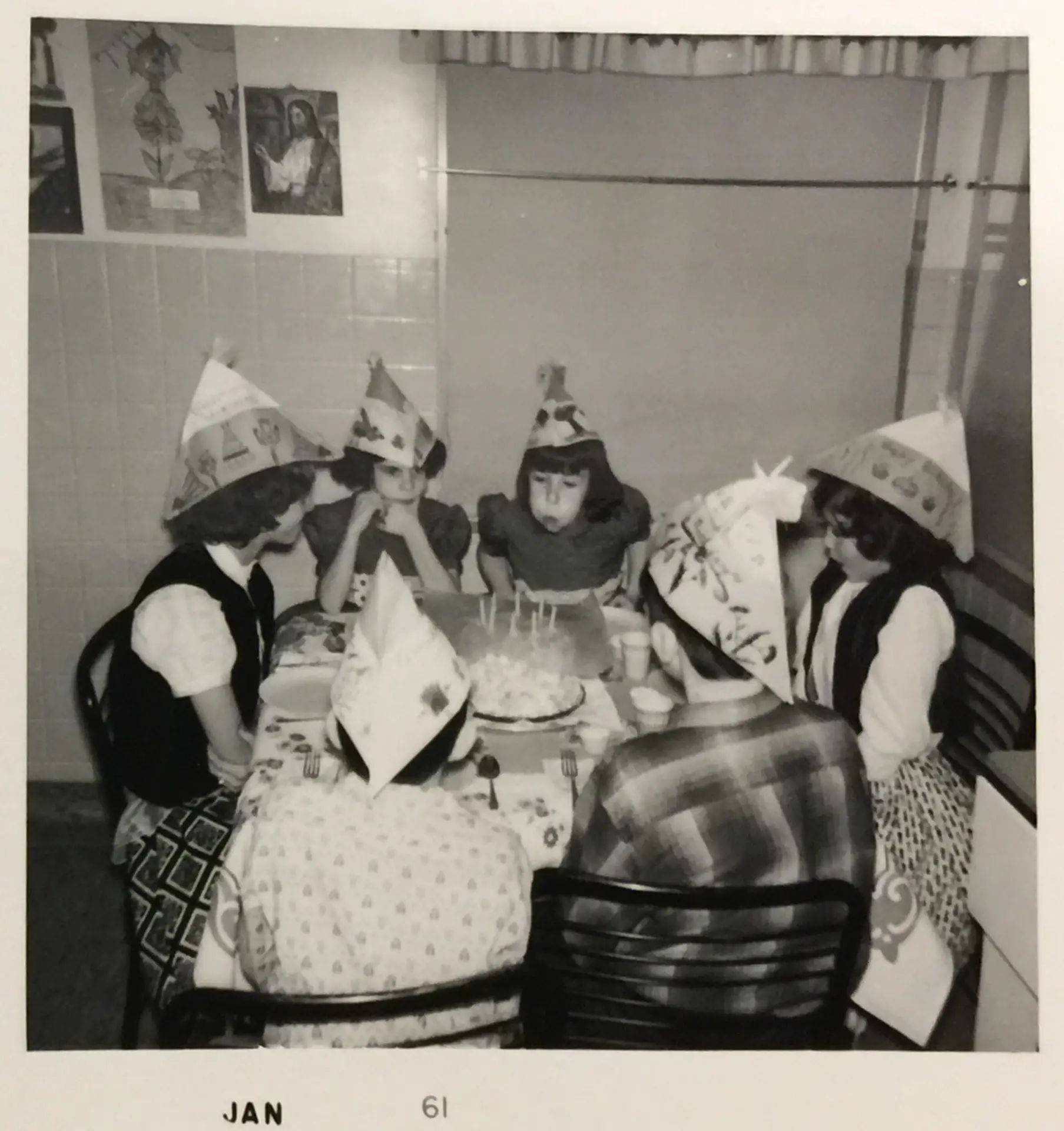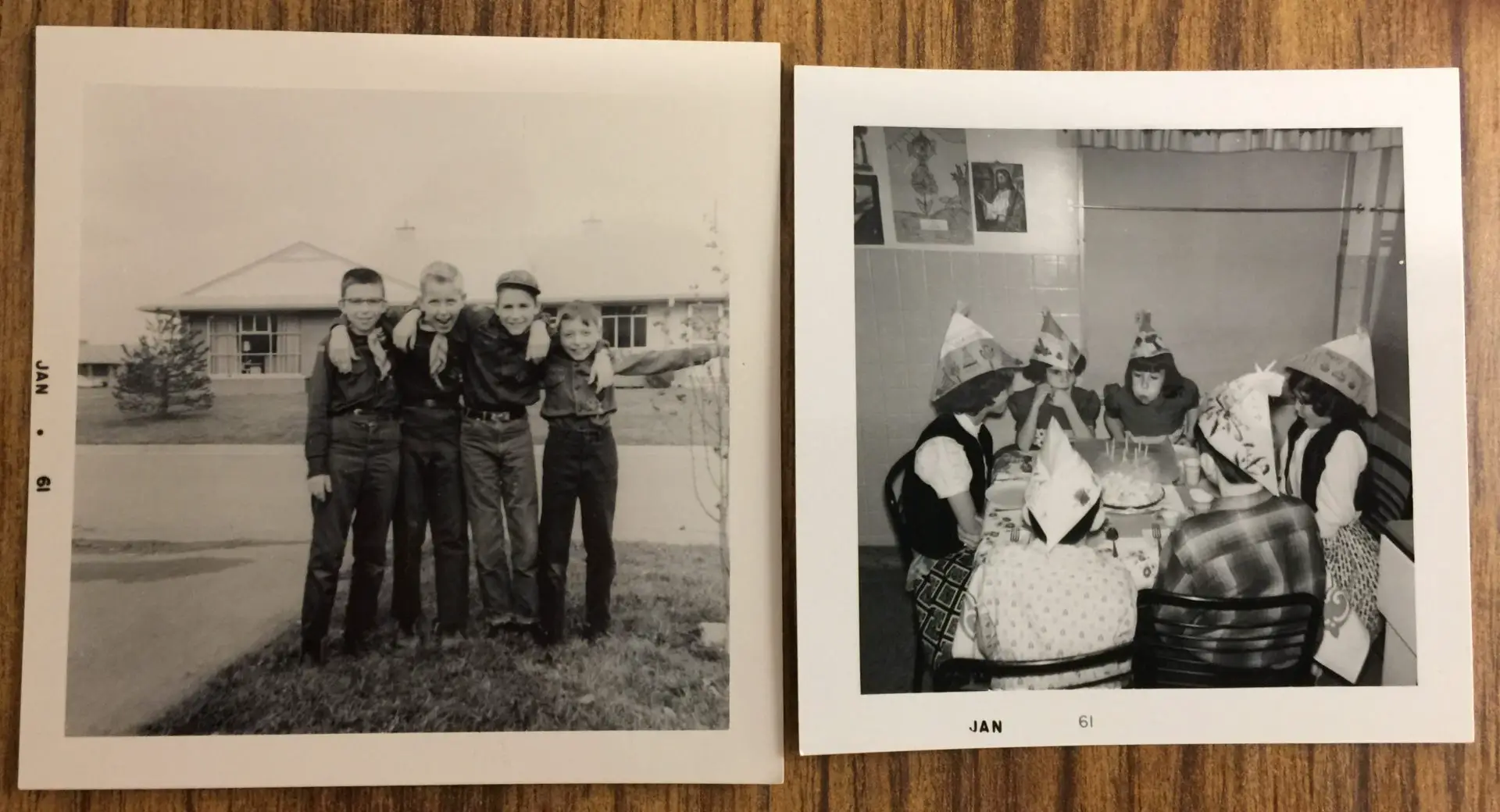Memories are weird. Some fly out of one’s head and into oblivion as quickly as they form. Some stay longer, but often morph with the years. Others remain burned-in for life. And a few of them are just plain false in their grand or small details.
A Photographer’s Wisdom
I recently discovered a 1993 filmed interview with the subject of this article for 35mmc. Titled “Harry Callahan: An American Photographer,” the film is currently streaming on Kanopy.
My above-linked article tested Harry’s unusual way of shooting street candids. And I discovered that some of his quotes made great captions for my own results. He was also a bit of a philosopher, and at the end of the Kanopy film, he said:
“You have to live life forward. But you only understand it backwards.”
It rang true. Only after reaching “a certain age” did I begin to see formerly invisible threads running through my life between seemingly unrelated events separated in space and time. I even started to believe the aphorism that “the universe conspires in our favor.”
Callahan’s statement about understanding life backwards also reminded me of how two old photos helped me resolve a small uncertainty about a huge event of my youth– about the date and place where I briefly died.
A Life-Changing Event
Almost from birth in 1948, I suffered severe asthma. I still remember the evening when its final attack took me out.
I’d run a 109-degree fever for nearly an hour, when mom brought me something to eat. In my delirium, I didn’t see her. Instead, I saw a horned demon with a hungry smile closing in to consume me. And while I fought the “demon,” my heart and lungs shut down.
Mom rushed to call our family doctor on the other side of town, and he arrived around 30 minutes later. He reportedly flipped me on my stomach and pumped my elbows– like chicken wings– behind my back. It may have been a common procedure in the ‘50s, but it didn’t help.
Fortunately, not much earlier, science had discovered that injecting adrenaline into the heart might kickstart it. So the doctor flipped me on my back again, pulled a hypodermic from his bag, and jammed its load into my chest. It worked.
An Unusual NDE?
While I was “away,” I didn’t have a near-death experience (or at least, not a traditional one). But after my return, our doctor took more X-rays to check my lungs’ condition.
Years of prior scans had shown increasing cloudiness in the lungs, due to what he called “asthma scars.” But the new scans were completely clear. All the scarring was gone. And in the physician’s puzzled words, I now had “the lungs of a newborn.”
Apparently, he was right. I never again experienced asthma or any other breathing issues. It was almost as if my body had been “taken off-line” for a quick retooling… because it obviously wouldn’t support my purposes for being here.
If true, it was a most unusual NDE.
But Questions Persisted
Years later, needing the information for a medical form, I asked mom how old I was when my heart had stopped. She said 11. But a man named Mr. Smith made me think that she was just a little bit off.
When I was in 6th grade in Columbus, Ohio, our family moved across town, from a very haunted house to a quiet brick ranch surrounded by cornfields. Mr. Smith taught boys’ gym at our new school, and he seemed to relish making me run around its outdoor track until my asthmatic lungs made me collapse and suck air like a fish out of water. (He had earlier demonstrated that resistance and parental complaints would only make matters worse.)
Uncertainty about the date and place of my “fatal” asthma attack came from a strong memory that it occurred at the earlier haunted house. In my mind, I could even picture it happening there. But I still had asthma when Mr. Smith was forcing me to the ground after our move. Logic therefore dictated that the fatal attack must have occurred after moving… and when I was 12.
Yet my vivid memory of expiring at the earlier place persisted for decades. I needed tangible proof that it was also a false memory. But sadly, my parents were no longer around to ask.
Old Pictures Speak
I found my proof in two unrelated photos from an old family album:


These images tightly book-ended our move. But they also shared the same processing date: “JAN 61.” It (plus Karen’s late-January birth date) convinced me that we DID indeed move after I turned 12. And since the move occurred before I experienced Mr. Smith’s tortures, my cardiac collapse must have occurred after the move. For when I returned from my half hour “away,” the asthma was gone. As too was Mr. Smith… who’d been fired.
Some Takeaways
- Compared with the event that spawned them, questions about where and when it occurred were trivial… but strong… confusions. They did, however, show me how convincing “false memories” can be. Our brains stretch fleeting instants into life narratives. And repeatedly focusing on falsehoods can reinforce them into “reality.” It’s an argument for carefully curating thoughts and beliefs.
- If one has questions about the past, ask them while those who can answer are still around. More questions will always come. For example, another false memory was that in the second photo, I should have been sitting in my usual meal location on the opposite side of the table. Obviously untrue!
- We shoot many (if not most) of our photos and videos to document our lives. And since digital cameras make it easy to capture so many images, most of them may end up trashed or never reviewed. Consider curating, weeding and archiving them. In the far future– when today begins to become a forgotten memory– they may help to rebuild or correct one’s personal history.
- Since the photos in this article were film prints, they don’t have EXIF or geotagging data. Twenty years (or more) after digital images are captured, that extra information may also prove invaluable for unraveling one’s past.
- And Harry Callahan was right. Understanding life often requires looking backwards into a clouded view that “darkroom oracles” like photo negatives, prints and digital files might help clarify.
Final Notes
So why the big deal over my mother’s one-year error? It turned out to be a somewhat stressful mistake for me! The medical form for which I needed the information was a mandatory military-draft questionnaire. If someone had “childhood” asthma, the U.S. Army wanted to know their age at their last attack. I wrote “11.” But the correct value was “12,” which would have automatically exempted me from the Vietnam draft.
But during my mandatory draft physical, the doctor heard a heart murmur he did not recognize. As a result, the Army put me through one of the country’s first heart catheterizations (which at the time took six conscious hours). They ended up “1-Y-ing” me (a medical deferment that could have been reversed during a national emergency until I reached age 35). Fortunately, my condition is now known as a benign mitral murmur. But still, knowing my accurate age at my last asthma attack would have saved me a whole lot of stress in 1970!
And thirty years after my heart stopped, I migrated from technology journalism to writing user manuals for companies like PictureTel, 3Com, Syberworks, Kurzweil Technologies, Polaroid, and Phillips Medical Systems’ ultrasound-scanner division. At Phillips, I quickly became their development engineers’ favorite test subject. That’s because their scans of my heart and lungs were still so clear that when they wanted to test new systems or features, they’d send for “the guy with the glass chest.”
–Dave Powell is a Westford, Mass., writer and avid amateur photographer.
Share this post:









Comments
Martin Siegel on “Understanding Life Backwards” in Two Old Photographs – By Dave Powell
Comment posted: 21/03/2023
Harry Callahan certainly knew his Kierkegaard from whom he borrowed the quote.
I wished (or not) that my childhood pics would have as interesting stories tied to them. Thanks for sharing!
Comment posted: 21/03/2023
Evan Bedford on “Understanding Life Backwards” in Two Old Photographs – By Dave Powell
Comment posted: 21/03/2023
Comment posted: 21/03/2023
Eric on “Understanding Life Backwards” in Two Old Photographs – By Dave Powell
Comment posted: 21/03/2023
Comment posted: 21/03/2023
Ibraar Hussain on “Understanding Life Backwards” in Two Old Photographs – By Dave Powell
Comment posted: 22/05/2025
Again this has formed so many questions in my mind. I wish my dad were here so I could ask him ..
Comment posted: 22/05/2025